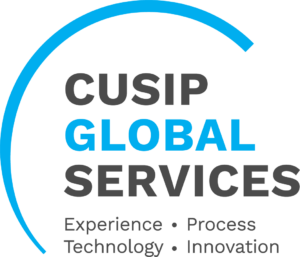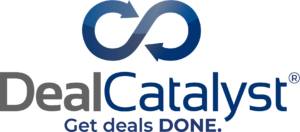November 8, 2018 - As LSTA members may know, after receiving a number of extension requests, the comment deadline for the ARRC’s syndicated loan LIBOR fallback consultation was extended to November 26, 2018. This will allow sufficient time for banks, investors and – importantly! – companies to answer questions about the type of LIBOR fallbacks they need in their syndicated loan agreements. (As a reminder, a LIBOR fallback is contractual language that answers the question, “If LIBOR ceases, to what rate does my loan fall back?”)
While banks have been very involved in LIBOR transition, borrowers are beginning to engage as well – at least if interest at the Annual Convention of the Association for Financial Professionals (AFP) is any guide. The Convention initially scheduled one panel on LIBOR cessation, and quickly had to add a second to accommodate demand. On Tuesday, LSTA EVP Meredith Coffey spoke at the AFP’s “Executive Institute” on “LIBOR: The World’s Biggest Number in Transition”. Much of the panel’s discussion may be familiar to LIBOR aficionados, including topics such as why LIBOR is going away, why SOFR is a workable replacement and why LIBOR fallbacks are critical. However, there were several new and interesting stats (such as Slide 13, which shows the long-term differences between 3-month LIBOR and what would have been SOFR).
Fun market facts notwithstanding, this was a presentation for corporates who, based on an audience poll, were beginning to wake up to the LIBOR issue: 44% of the audience said that LIBOR transition was on their radar, and 26% said they were just getting started on their planning. And so, the panel then drilled into specific issues that companies need to consider. (This is also detailed in a related publication, “The Road to LIBORation”.)
First, it is crystal clear that fallbacks are important to companies. Nearly every audience member said they had a syndicated loan, bilateral loan or credit line and the focus on loan fallbacks was intense. But corporate treasurers have many other concerns as well. As Slide 15 illustrates, in addition to financing agreements, LIBOR dependencies appear in Treasury Management functions, including funding management, surplus management, risk management and cash and working capital management. LIBOR shows up in a broad swath of Treasury infrastructure as well. Key entities that companies touch on LIBOR include banks, investors, rating agencies, affiliates, customers, suppliers and vendors. Slide 30 pointed Treasurers to four key risk areas to address: Business, operations, contracts and reputation.
This all seems daunting (even for those of us working on the not un-daunting LIBOR transition). So what should corporates be doing? As Slide 29 shows: 1) Take Inventory, 2) Do Your Homework, 3) Assess the Impacts, 4) Get Fallback Language, and 5) Get Involved.
While this is a good checklist for Treasurers, it also is a good one for the loan practitioners. How can LSTA members get involved? One place to start is talking with your LSTA experts, Meredith Coffey (mcoffey@lsta.org) on policy/macro issues, Tess Virmani (tvirmani@lsta.org) on legal/contract issues, and Ellen Hefferan (ehefferan@lsta.org) on accounting/operations issues.





